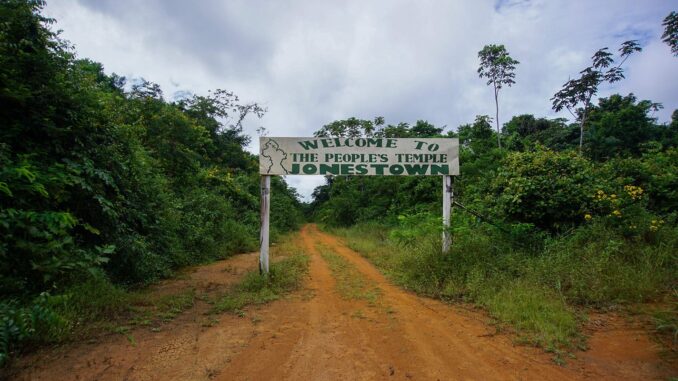
From True Crimes to Terror: When is ‘Dark Tourism’ Too Dark?

ANALYSIS:
Dark tourism, the practice of visiting sites associated with death, tragedy, or suffering, has surged in popularity. From Auschwitz to Ground Zero, people are drawn to places with somber histories. While these visits often offer opportunities for reflection and education, a growing trend towards sensationalism raises questions about when dark tourism crosses the line into exploitation.
The appeal of dark tourism lies in its power to connect us with humanity’s darkest moments. Visiting the Killing Fields in Cambodia, for instance, fosters an understanding of the horrors of genocide, ensuring that history’s mistakes are not forgotten. Similarly, trips to Alcatraz Island or Jack the Ripper tours allow tourists to explore true crime narratives in historical contexts, satisfying curiosity while offering lessons about justice and human nature.
However, not all dark tourism is created equal. In some cases, these experiences lean toward voyeurism rather than education. Sites like Chernobyl or abandoned mental asylums have become Instagram backdrops, trivializing the suffering of those who lived—and died—there. Worse, the rise of “terror tourism,” such as visiting locations linked to recent atrocities or terrorist attacks, risks retraumatizing survivors and their families. These visits may focus on shock value rather than meaningful engagement, reducing real tragedies to mere spectacles.
Ethical concerns also arise when profits overshadow purpose. For example, tour operators exploiting places like Rwanda’s genocide memorials for financial gain without contributing to local communities can be viewed as disrespectful. Similarly, displays that fail to provide adequate historical context risk reinforcing harmful stereotypes or fostering apathy instead of awareness.
So, when does dark tourism become “too dark”? The tipping point often lies in intent and presentation. If a visit prioritizes education, memorialization, or advocacy, it aligns with ethical principles. However, when tourism veers into the realm of voyeurism, disrespect, or profit-driven sensationalism, it crosses a moral boundary.

Visitors and organizers alike bear responsibility. Tourists must approach such sites with sensitivity, understanding the weight of what they represent. Meanwhile, operators should ensure that their offerings respect the dignity of victims and prioritize historical accuracy.
Ultimately, dark tourism holds immense potential to educate and evoke empathy. But this potential is only realized when the focus remains on honoring the past rather than exploiting it for entertainment.
Leave a Reply